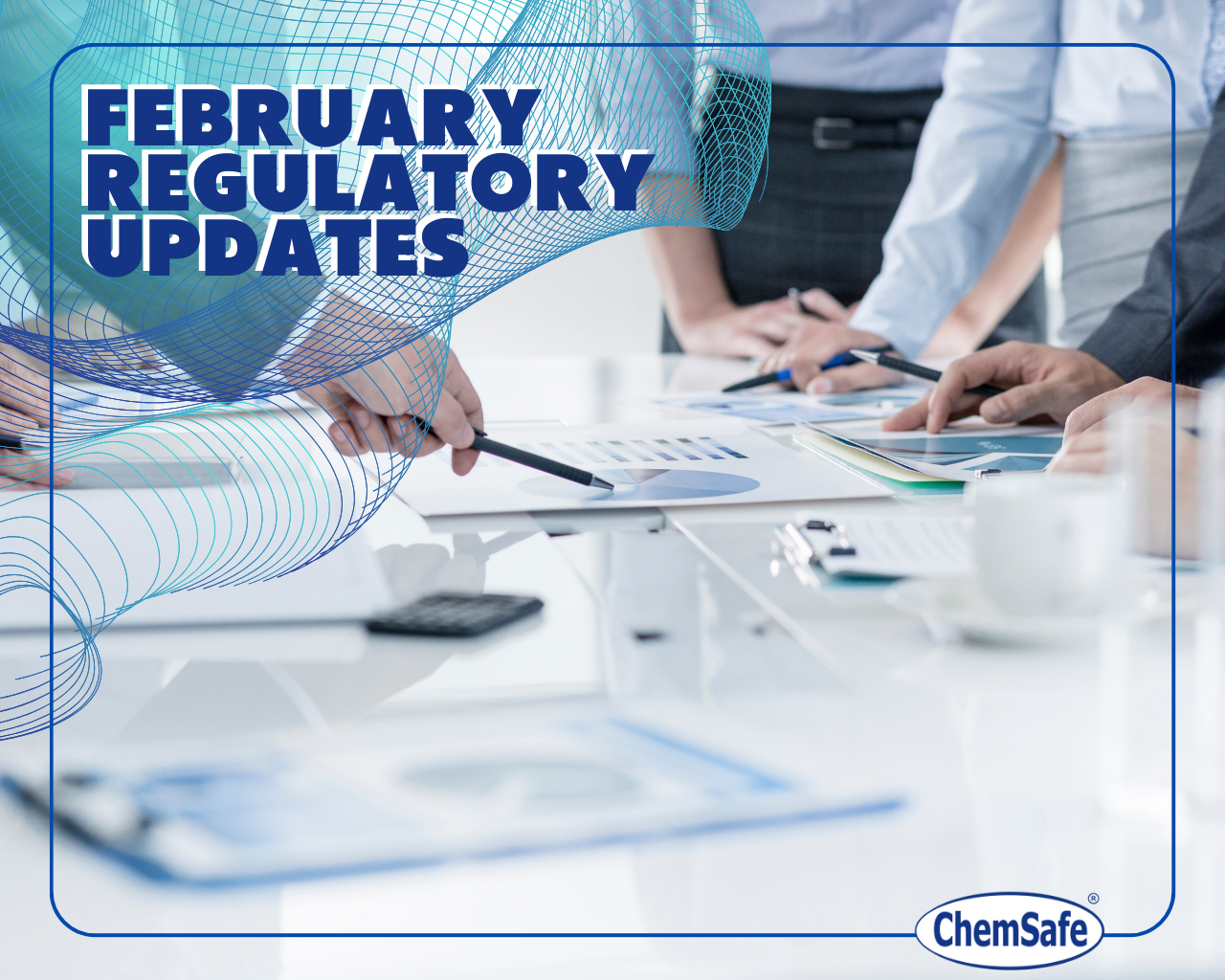Microalgae are increasingly gaining attention for their potential in various applications, including food and nutrition. Rich in high-quality proteins, oils, pigments and vitamins, microalgae are a valuable plant-based food source and a promising candidate as new robust crops for sustainable food production[1].
Do microalgae fall under an EU Food Regulation?
Yes, they do. The Novel Food Regulation (EU) No 2015/2283[2] categories microalgae-based food in cat. (II) food consisting of, isolated from or produced from micro-organisms, fungi or algae. Of course, discriminant for the novel food status is the no-significant consumption of the substance in the European Union before 15 May 1997.
Is there any microalgae species already approved as food?
In the European Union, six microalgae species were already consumed as food before May 1997 and, therefore, not novel food. These are Aphanizomenon flos-aquae from Klamath Lake, Arthrospira platensis, Chlorella luteoviridis, Chlorella pyrenoidosa, Chlorella vulgaris and an undefined Spirulina sp.
Since the entry into force of the NF Regulation, five microalgae species have been approved. The diatom Odontella aurita was authorized in 2005, and, in 2009, DHA-rich oil from Ulkenia sp. has been approved as novel food ingredient. In 2014, Tetraselmis chuii and astaxanthin from Haematococcus pluvialis have been approved as food while, in 2015, oil from Schizochytrium sp. was the last microalgase based novel food to be authorized[3].
How we can be sure about the microalgae safety?
Ensuring consumers’ health is the ground for the introduction of novel foods in the EU market. This is the reason why the European Food Safety Authority (EFSA) has published different guidance[4],[5] to drive applicants in the characterization and testing of their novel food.
Key points to be address for testing the microalgae safety are the following:
- Identity. Nomenclature and taxonomy of the microalgae are covered by the International Code of Nomenclature for algae, fungi, and plants (ICN) (https://www.iapt-taxon.org/nomen/main.php). The verification of the identity of microalgae should be proved by using internationally recognised databases and methodology. Database suggested by EFSA is the Algae database (algaebase.org).
The microalga should be then deposited in an internationally recognised culture collection having acquired the status of International Depositary Authority under the Budapest Treaty (preferably in the European Union (EU)). A valid certificate of deposition (with accession number) should be provided.
- Characterization. Quali-quantitative information of the microalgae is paramount for assessing their quality. Besides the well-known contaminants (e.g., input material residues, heavy metals) and microbiological parameters (e.g., Coli, Salmonella), microalgae should be tested for the presence of algal toxins, such as saxitoxin, microcystins, nodularin, anatoxin-a, and cylindrospermopsin. The presence of pheophorbide a, a product of chlorophyll degradation, should be investigated, as well.
Eventually, polycyclic aromatic hydrocarbons (PAHs) and total dioxin (polychlorinated dibenzo-para-dioxins (PCDDs) + polychlorinated dibenzofurans (PCDFs)) + dioxin-like polychlorinated biphenyls (PCBs)) should be included in the novel food testing.
- Production process. The production process should be deeply described, from the production source to quality control measure. Thus, information on the handling of the source, such as the cultivation conditions for aquacultures (e.g., measures in place to ensure water quality, temperature, length of growth in the water, composition of fertilisers used) should be provided.
- Toxicological data. Besides literature data, where available, applicant should adhere to the toxicological paradigm, by performing genotoxicity and sub-chronic studies, in order to prevent (ed exclude) any toxic potential arising from the microalgae consumption.
Microalgae present a promising opportunity as a novel food due to their nutritional profile and sustainability benefits. The thoroughly evaluation of their safety can pay their acceptance and integration in the EU food market.
For any doubt or any microalgae NF dossier, ask Chemsafe!
[1] Olsen, M.L., Olsen, K. & Jensen, P.E. (2024) Consumer acceptance of microalgae as a novel food – Where are we now? And how to get further. Physiologia Plantarum, 176(3), e14337. Available from: https://doi.org/10.1111/ppl.14337
[2] Regulation (EU) 2015/2283 of the European Parliament and of the Council of 25 November 2015 on novel foods, amending Regulation (EU) No 1169/2011 of the European Parliament and of the Council and repealing Regulation (EC) No 258/97 of the European Parliament and of the Council and Commission Regulation (EC) No 1852/2001. Available from https://eur-lex.europa.eu/eli/reg/2015/2283/oj
[3] Algae as Novel Food in Europe. VERSION 2.0 – APRIL 2021. European Algae Biomass Association (EABA). Online available from chrome-extension://efaidnbmnnnibpcajpcglclefindmkaj/https://www.algae-novel-food.com/output/algae-novel-food/download.pdf
[4] Guidance on the preparation and submission of an application for authorisation of a novel food in the context of Regulation (EU) 2015/2283 (Revision 1). EFSA Journal 2021; 19(3):6555, 27 pp.
[5] Guidance on the characterisation of microorganisms used as feed additives or as production organisms. EFSA Journal 2018;16(3):5206, 24 pp.







